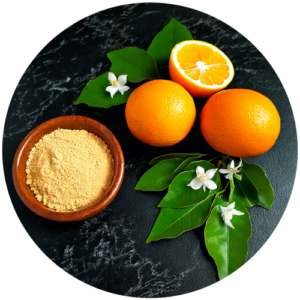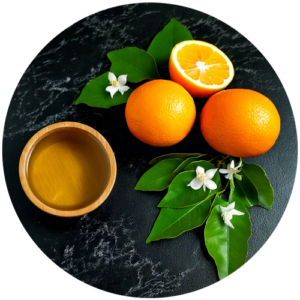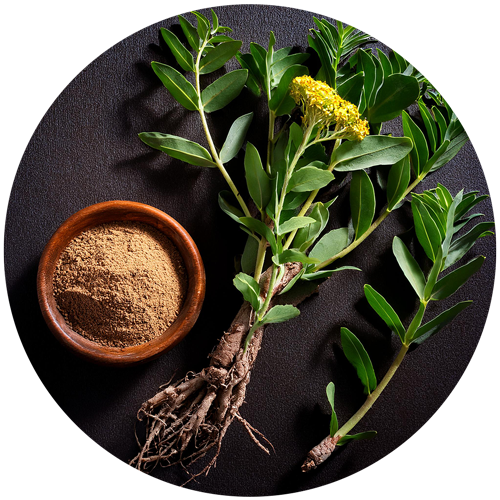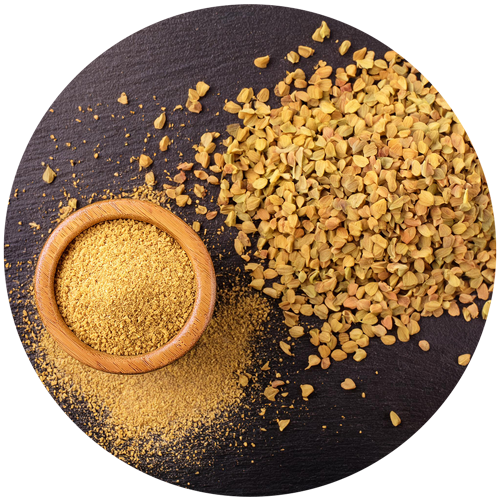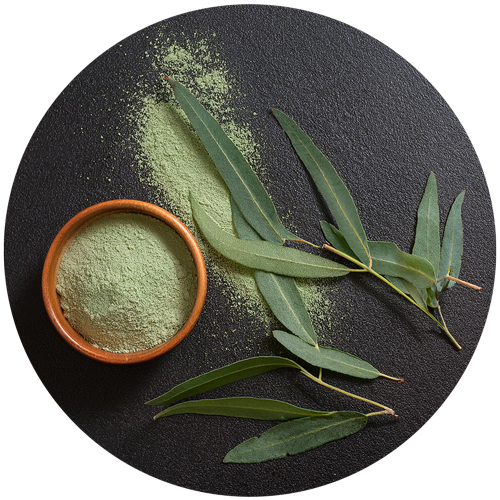Europe and/or Africa
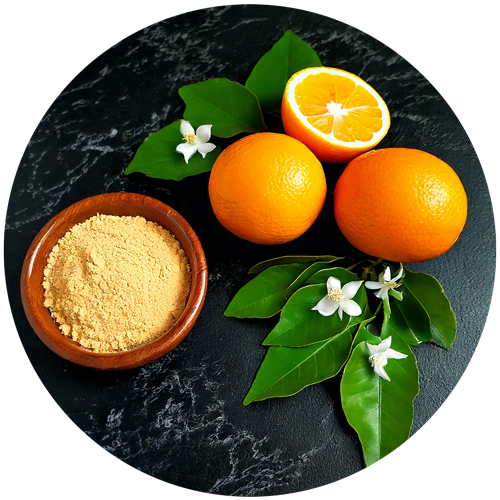

BITTER ORANGE
Citrus aurantium L. var. amara Upper airways
Upper airways  Sleep
Sleep  Digestion
Digestion  Appetite
Appetite  Anti-stress
Anti-stress The fruit of the bitter orange tree, Citrus aurantium, rich in flavonoids and essential oils, supports digestive comfort and contributes to cellular protection.
Our references
Regulations
and analysis
Identification : TLC
Data on traditional use
Cahier de l’agence du Médicament (France) :
- Traditionally used to reduce nervousness in adults and children, particularly for sleep disorders (leaf, flower).
- Traditionally used to stimulate appetite (zest)
- Traditionally used to aid weight gain (zest)
German monograph :
- Used for gastric and nervous disorders, sore throats, sleep disorders and nervousness (flower)
- Used to combat loss of appetite and indigestion (zest).
Association ideas by health benefice
Select one or more axes:
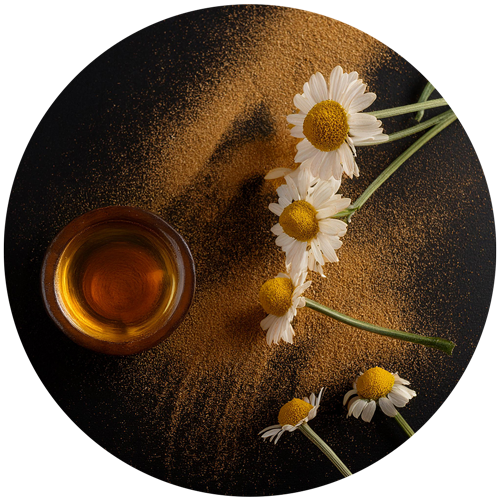
CHAMOMILE MATRICARIA
Matricaria recutita L.
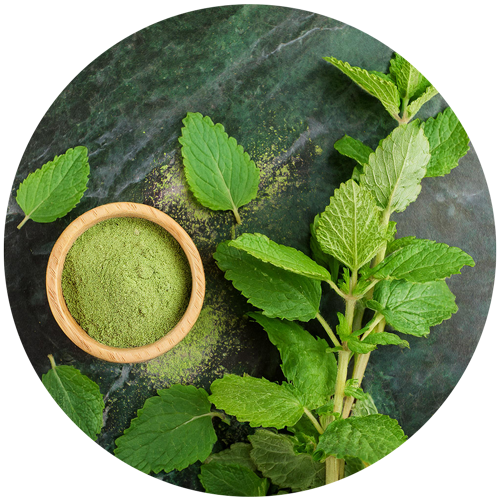
LEMON BALM
Melissa officinalis L.
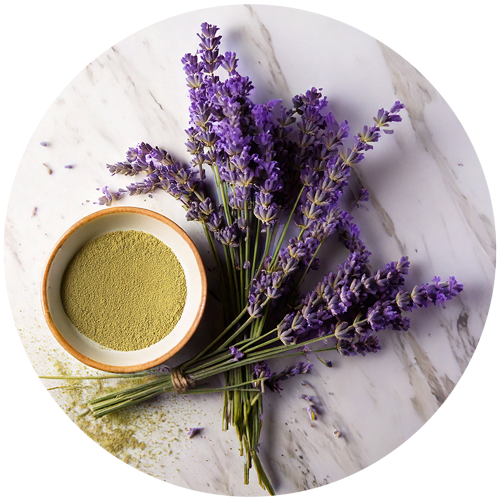
LAVENDER
Lavandula angustifolia Miller
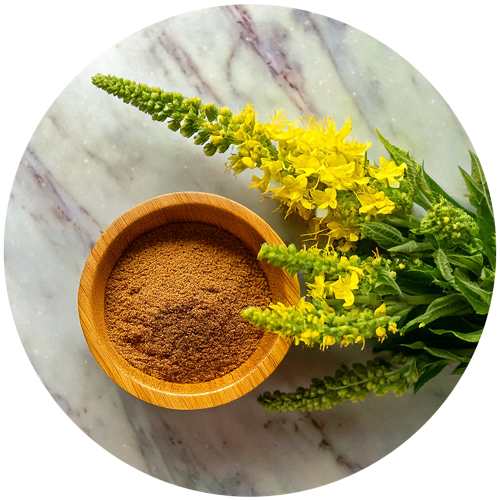
GREAT MULLEIN
Verbascum thapsus L.
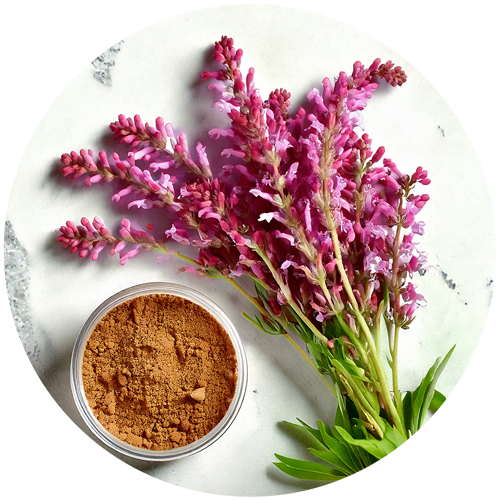
FUMITORY
Fumaria officinalis L.
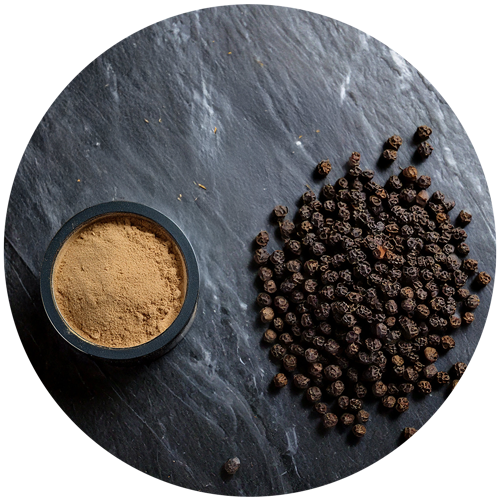
BLACK PEPPER
Piper nigrum L.
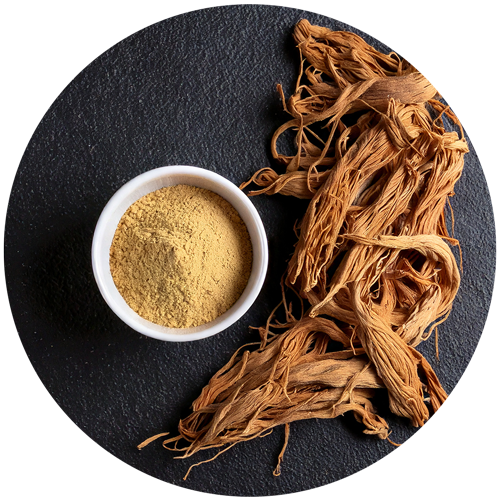
GENTIAN
Gentiana lutea L.
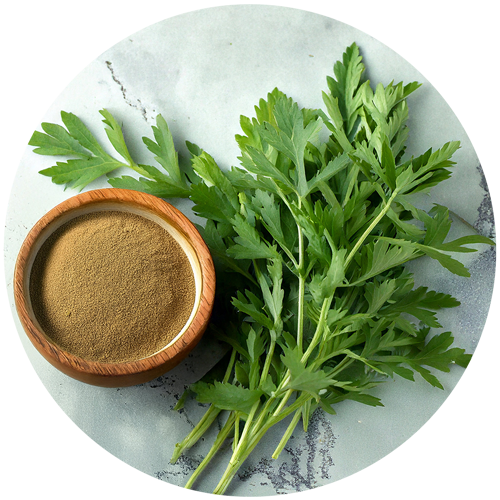
ARTEMISIA
Artemisia absinthium
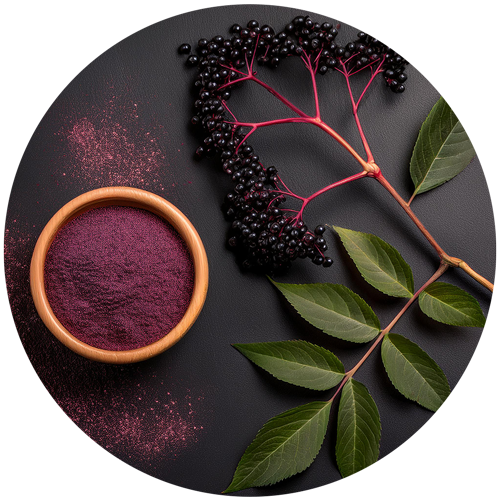
ELDERBERRY
Sambucus nigra L.
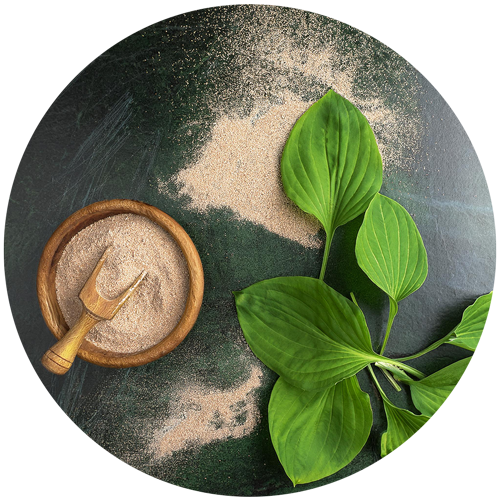
PLANTAIN
Plantago major L.
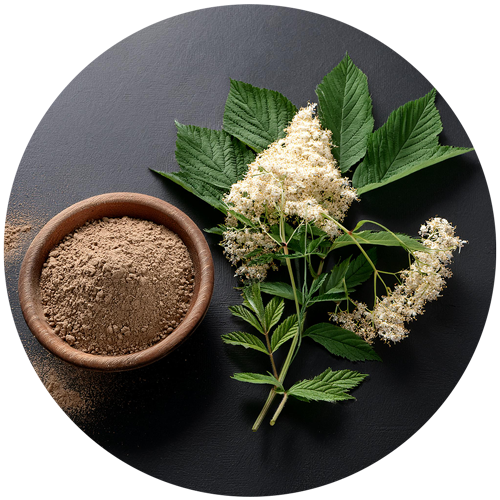
MEADOWSWEET
Filipendula ulmaria L.
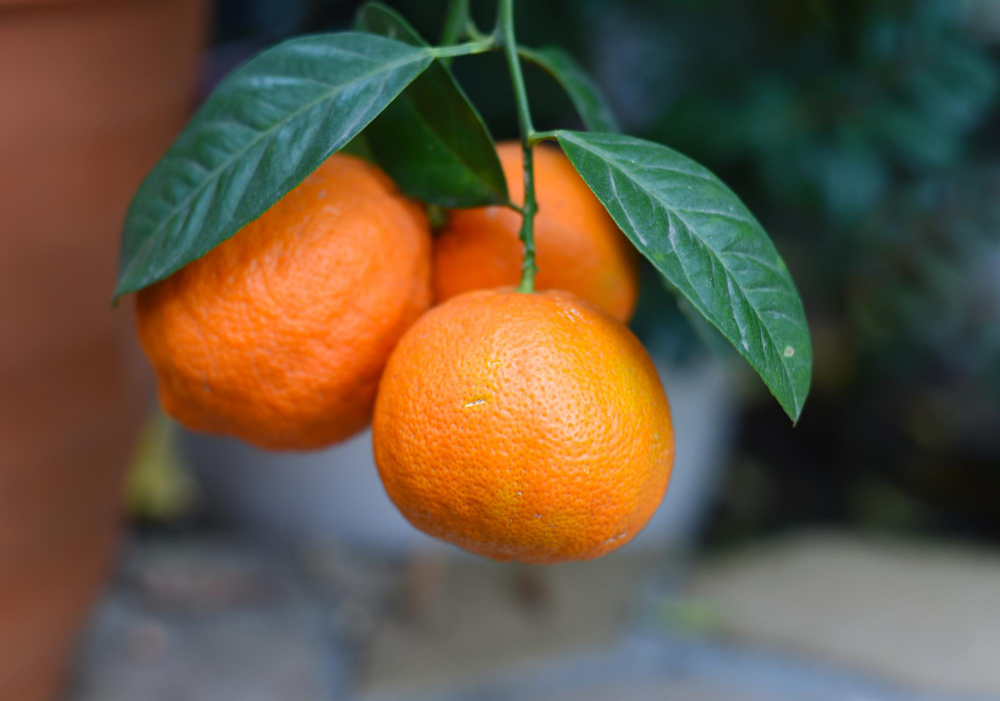
Detailed description
The bitter orange tree, Citrus aurantium, a member of the Rutaceae family, is widely cultivated in Mediterranean and subtropical regions. Its fruit, known as bigarade, is prized for its wealth of functional compounds, which complement a varied, balanced diet.
Bitter orange fruit is a natural source of flavonoids (hesperidin, naringin), limonoids and essential oils (limonene, β-myrcene). These compounds help protect cells against oxidative stress and support natural metabolic regulation mechanisms.
Traditionally, bigarade has been used to support digestive comfort and natural elimination mechanisms. Modern studies highlight its role in balancing the nervous system, improving appetite and soothing the respiratory tract.
